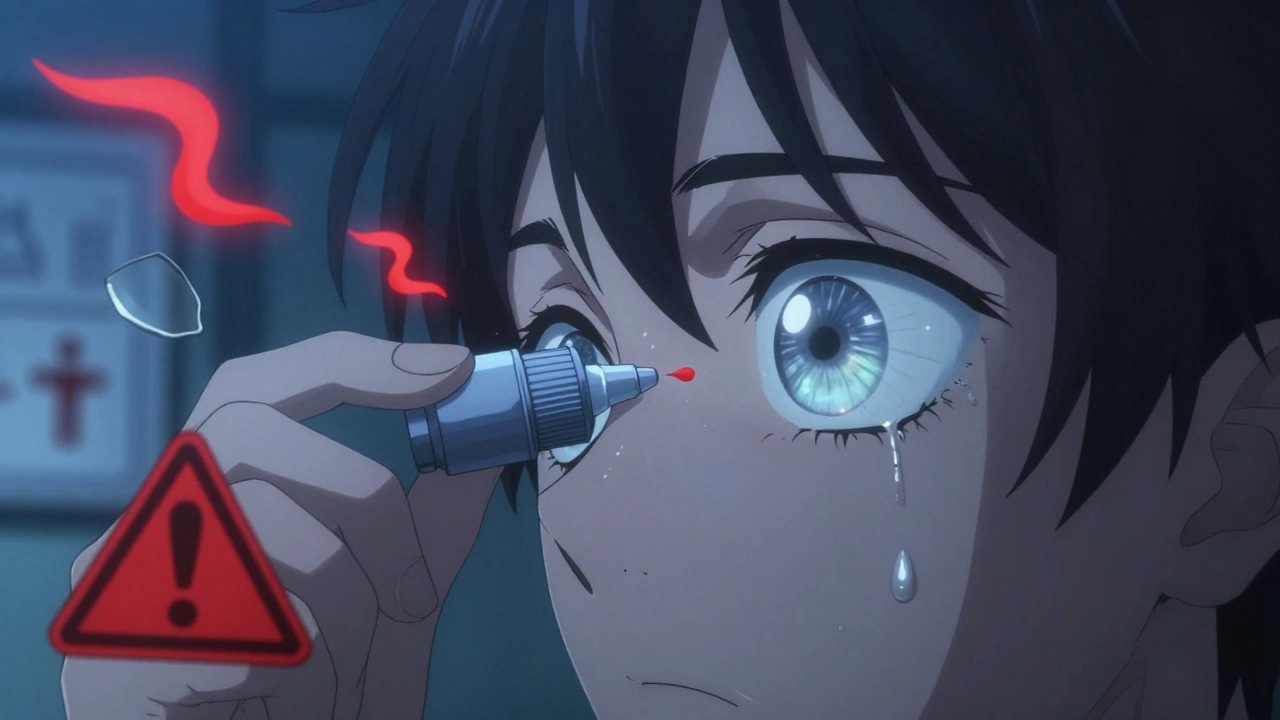Eye inflammation: causes, symptoms, and what to do now
Red, sore, or watery eyes can be alarming. Eye inflammation is common and has many causes — infections, allergies, injury, or dry eye. Knowing the likely cause helps you decide what to do immediately and whether you need medical care.
How to tell what’s causing it
If your eye is red with a thick yellow or green discharge, that often points to a bacterial infection. Watery eyes with itching and sneezing usually mean allergic conjunctivitis. A gritty, burning feeling that gets worse during the day suggests dry eye. Sudden pain, blurred vision, or sensitivity to light are warning signs that need fast medical attention.
Other clues: when both eyes are affected, allergies or viral causes are more likely. One eye with localized pain after trauma points to a scratch or foreign body. Recent contact lens use raises the risk of serious infections — don’t wait to see a clinician in that case.
Simple care steps you can try now
Start with basic, safe steps. Wash your hands before touching your eyes. Rinse gently with clean water or saline to remove irritants. For allergies, cool compresses and over-the-counter antihistamine drops can bring relief. Warm compresses loosen crusting in bacterial or viral cases and help comfort blocked tear ducts.
Stop wearing contact lenses until the eye is fully normal and you’ve checked with an eye care professional. Avoid steroid drops unless prescribed; they can make infections worse if used incorrectly.
If a doctor prescribes treatment, follow instructions exactly. Bacterial infections often need antibiotic eye drops or ointment. Viral cases usually run their course over days to weeks; antiviral drops or oral meds are reserved for certain viruses and are prescribed by a doctor. Allergic inflammation responds well to antihistamine or mast-cell stabilizer drops and sometimes short courses of oral antihistamines.
When should you see a doctor? Go right away for severe pain, changes in vision, intense light sensitivity, recent eye trauma, or if symptoms follow contact lens use. Also see a provider if redness and discharge don’t improve within 48–72 hours of basic care, or if symptoms worsen.
Preventive tips: avoid touching your eyes, replace eye makeup often, clean contact lenses properly, and wash towels and pillowcases when someone in your home has an eye infection. For allergy-prone people, control indoor allergens and consider eye drops during high pollen seasons.
Need more reading? Check Medzino articles on antiviral treatments like Zovirax and Valtrex alternatives, safe antibiotic options such as Trimethoprim/Sulfamethoxazole, and safe online pharmacies for allergy meds like Xyzal. Those pieces explain treatments, safety tips for buying meds online, and when to consult a clinician.
If you’re unsure what’s happening with your eye, it’s better to get checked. Eyes recover faster and safer when treated properly — a little care now can prevent bigger problems later.

Steroid Eye Drops: Benefits, Risks, and What You Must Monitor
Steroid eye drops reduce inflammation fast but carry serious risks like glaucoma and cataracts. Learn how to use them safely, recognize warning signs, and ensure proper monitoring to protect your vision.

Pred Forte Eye Drops: Complete Guide, Uses, and Important Safety Tips
Explore what Pred Forte eye drops do, how they work, side effects, and real-life tips for safe, effective use. Everything patients want to know—explained simply.
